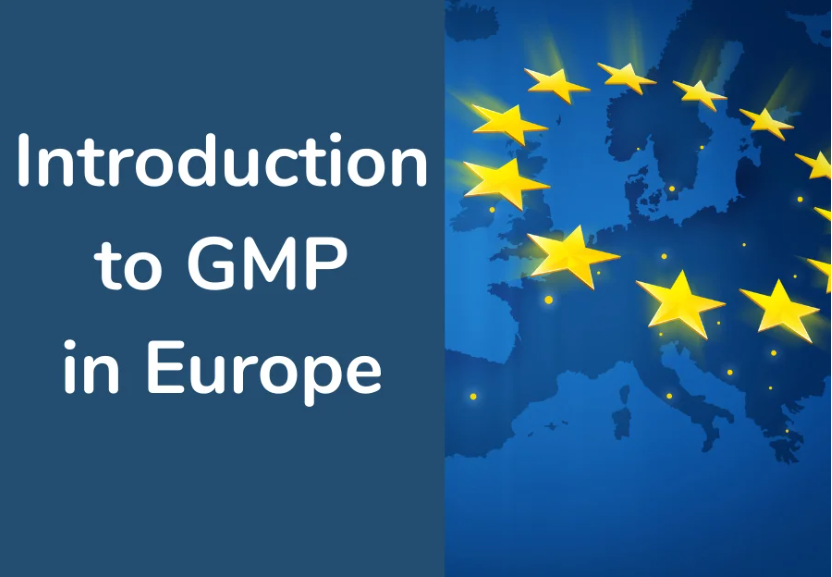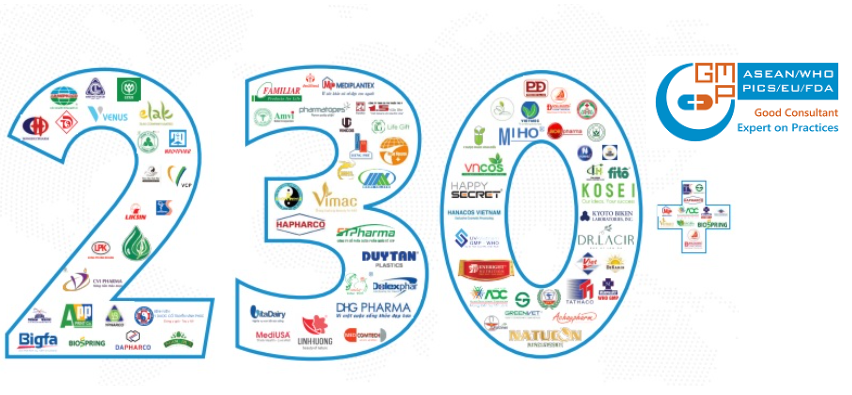
The quality of pharmaceuticals has been a concern of the World Health Organization (WHO) since its inception. The setting of global standards is requested in Article 2 of the WHO Constitution, which cites as one of the Organization’s functions that it should “develop, establish and promote international standards with respect to food, biological, pharmaceutical and similar products.”
The first GMP text published by WHO was developed during 1967-69 upon request by WHO’s Member States and was revised in 1975.
Revised and expanded GMP guidelines were prepared during 1989-90, approved by the WHO Expert
Committee on Specifications for Pharmaceutical Preparations in late 1990 and subsequently published by WHO. At that time, Part One of these revised and expanded guidelines set out the philosophy and essential elements of GMP; Part Two dealt with good practices in production and quality control. These two parts together represented the “core” of the GMP guidelines published by WHO.
The EU and WHO guidelines are based on the same principles but differ in detail.

Documentation
According to the motto “not written, not done”, a good documentation praxis is closely linked to the implementation of a GMP system. Intelligible and detailed instructions and records are basic requirements for the production of medicinal products on a high quality level. The respective recommendations can be found in chapter 4 of the EU guidelines and in chapter 15
“Documentation” of the WHO guidelines.
Neither in the general part nor in the requirements concerning:
• specifications,
• manufacturing formulas / master formulae,
• packaging instructions,
• batch processing records,
• batch packaging records,
• procedures /standard operating procedures and records decisive differences can be detected.
The WHO guidelines are again in its execution and explanations partly more elaborate, see e.g. points:
• 15.10 – 15.12 Labels,
• 15.13 – 15.17 Specifications and testing procedures,
• 15.25 Batch processing records,
• 15.28 Batch packaging records,
• 15.38 – 15.41 SOPsc ,
• 15.43 Analysis records,
• 15.48 Cleaning and sanitation.
Again the WHO document gives the user additional information on how the guidelines have to be interpreted and what has to be taken care of.
Further information (regarding documentation) can be found in the WHO good manufacturing practices for starting materials (6.3 Batch production records).

GMPc Vietnam is recognized throughout Vietnam as the leader in providing turnkey consulting solutions for GMP-certified facility projects, including Pharmaceuticals, Cosmetics, Health supplements and Veterinary pharmaceutical. Though 12 years of development 2011 to 2023, GMPc has implemented more than 230 GMP-certified facility projects, equaling to more than 80% of market share of the field in Vietnam. Not only do domestic customers, foreign investors also choose GMPc as their consultant when investing new factories in Vietnam, such as Kyoto Biken Vaccine Factory, Nippon Chemiphar Pharmaceutical Factory, Shimizu Contractor, Kajima Contractor, etc.
Consulting services for EU GMP
Consulting services by GMPc Vietnam
GMP project consulted by GMPc Vietnam


